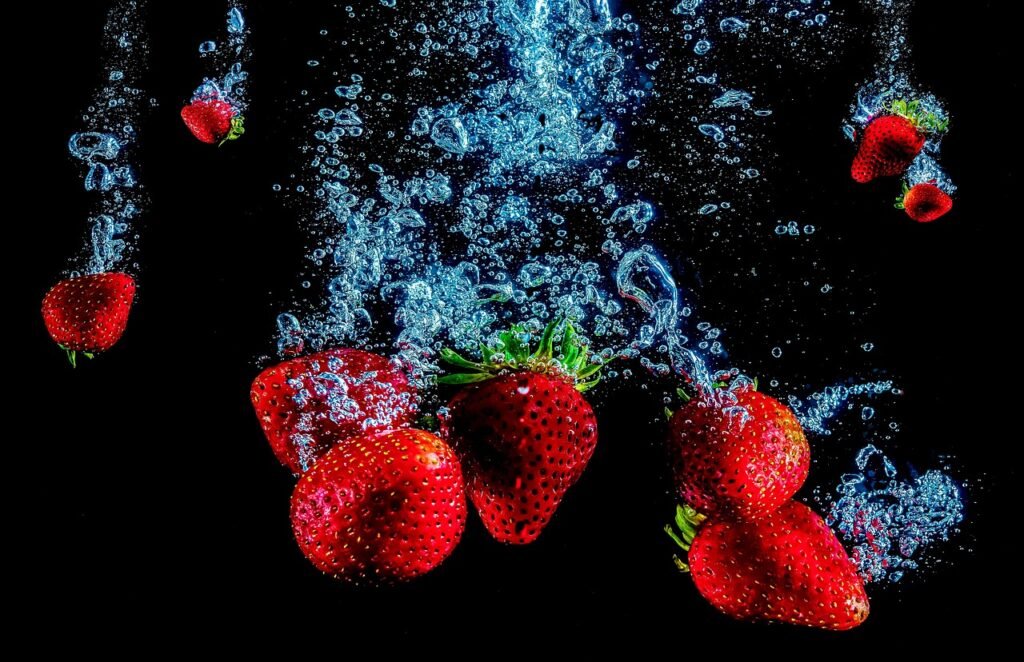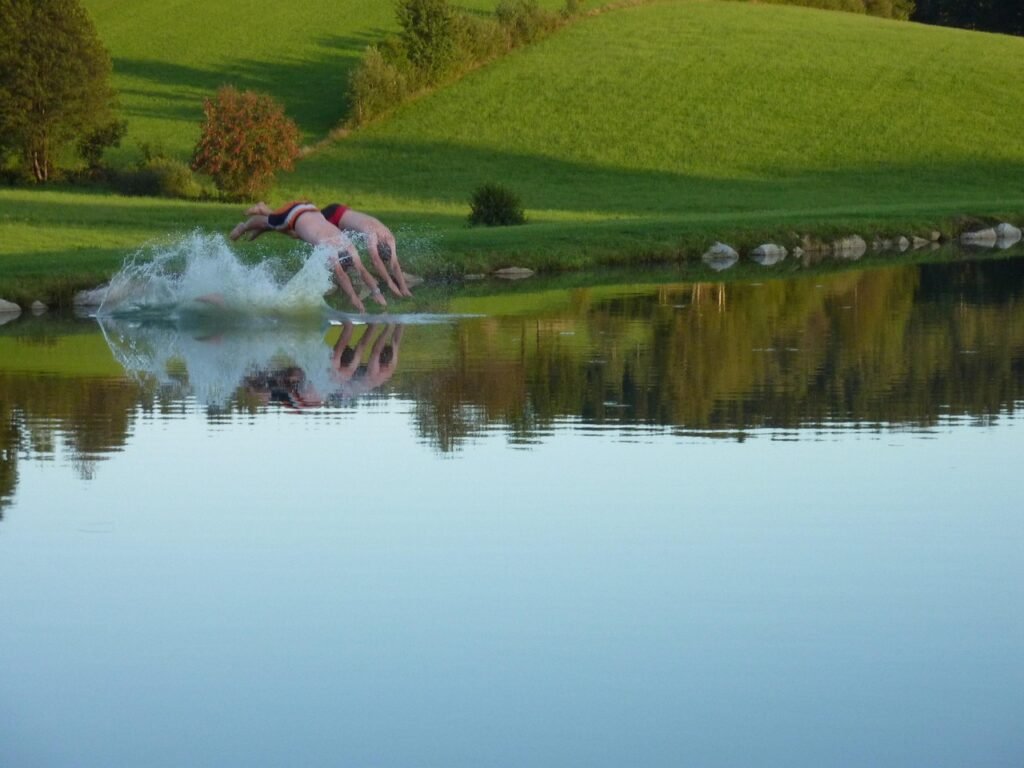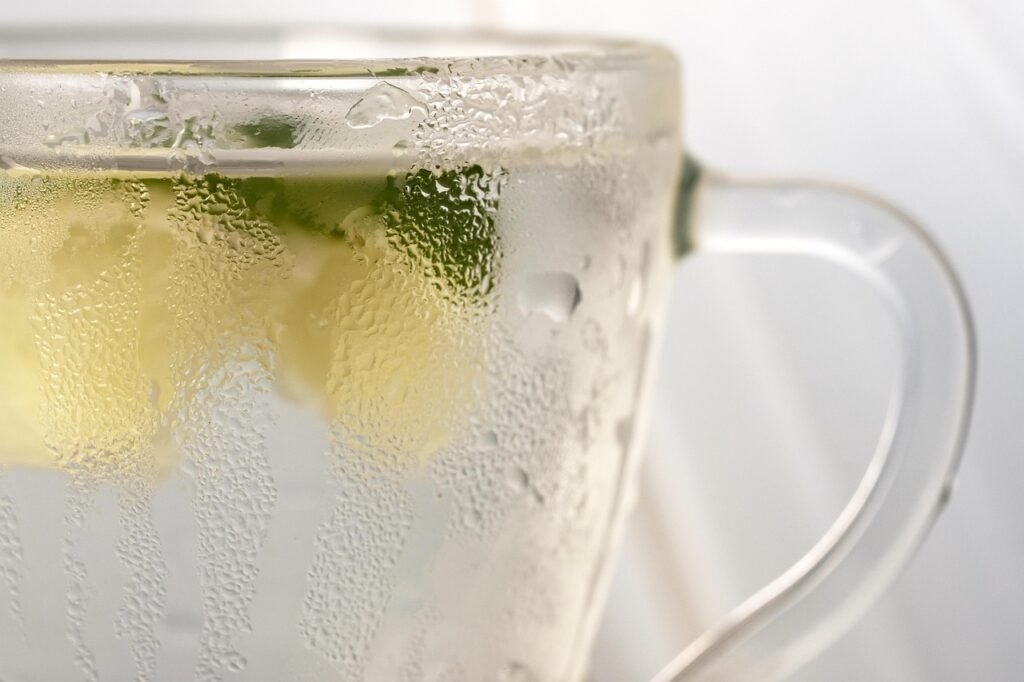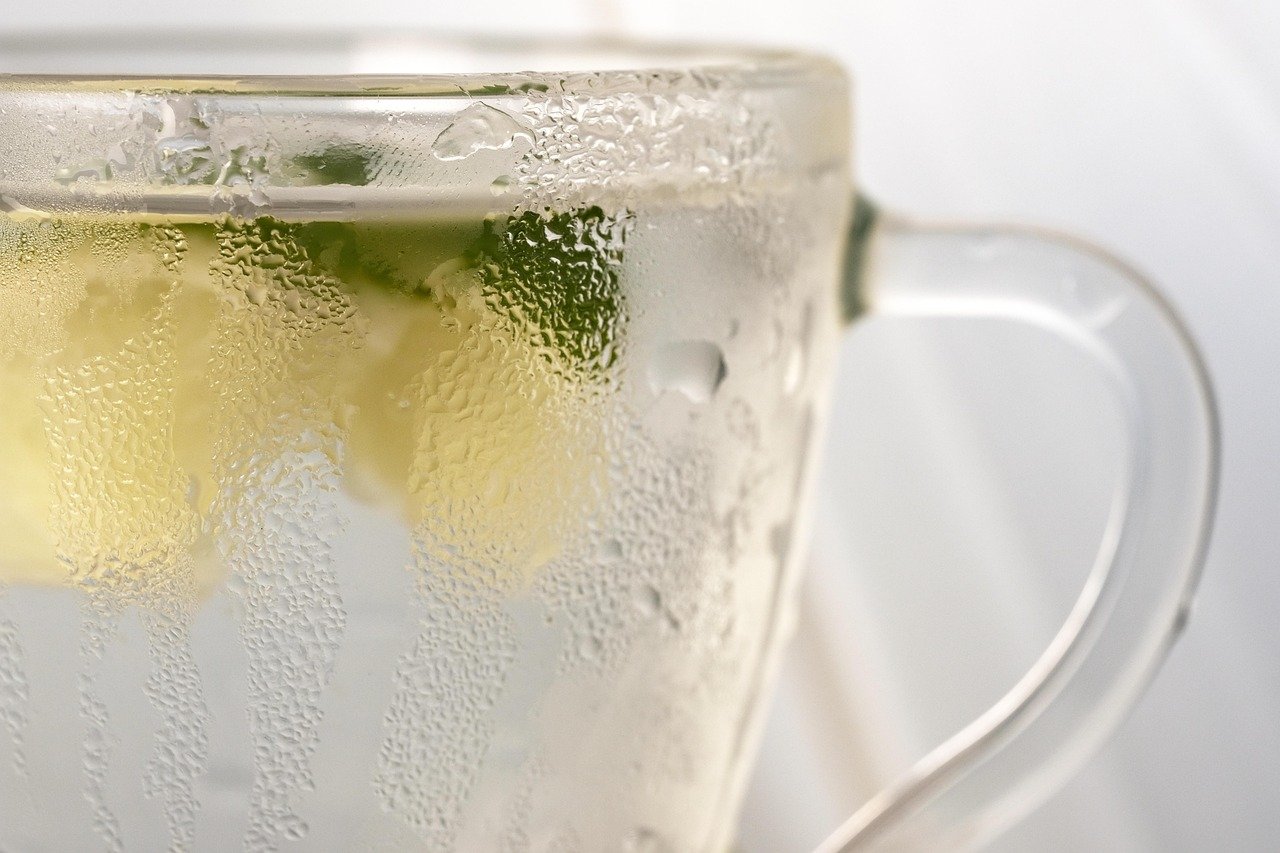Have you ever wondered how your last meal could impact your experience with cold plunging? While the thrill of hopping into that chilly water is exhilarating, what you choose to fuel your body with beforehand can make all the difference. The right foods can help enhance your experience, while the wrong choices might leave you feeling sluggish, bloated, or uncomfortable in that refreshing plunge.
The Science Behind Cold Plunging
Cold plunging isn’t just a trendy wellness fad; it’s backed by science. Exposing your body to cold water has been shown to offer numerous benefits, from improved circulation to a boost in mood. But to fully maximize these advantages, you need to consider more than just the temperature of the water. Your body also needs support from the right nutrients to adapt and thrive.
How Does Cold Water Affect Your Body?
When you immerse yourself in cold water, your body reacts in several ways. Your heart rate increases, blood flow is redirected, and your body begins burning more calories to maintain its core temperature. This is where nutrition comes into play. The right nutrients can provide the energy your body needs to handle this thermal shock effectively.
Foods to Eat Before Cold Plunging
Getting your plate right before a dip can help you feel invigorated and ready to tackle the cold. Here’s a breakdown of the types of foods you’ll want to consider.
Complex Carbohydrates
Think of complex carbs as your energy boosters. They break down slowly, providing a steady supply of energy that’ll keep you fueled during and after your plunge.
Some great options include:
- Whole grains: Oats, brown rice, and quinoa will give you that lasting energy.
- Sweet potatoes: Packed with nutrients and comforting, they’re a great pre-plunge choice.
- Legumes: Lentils and chickpeas are excellent sources of sustained energy.
Lean Proteins
Protein is essential for muscle repair and recovery. Consuming protein before you plunge can give your body the strength it needs to tackle the cold.
Good sources of lean protein include:
- Chicken or turkey: Grilled or baked, these options provide plenty of nutrients without weighing you down.
- Fish: Salmon, especially, is not just delicious but packed with omega-3 fatty acids.
- Nuts and seeds: While small, they pack a protein punch and are incredibly easy to snack on.
Healthy Fats
Incorporating healthy fats into your pre-plunge meal can help you feel satisfied without feeling weighed down. They digest slower and can provide long-term energy.
Consider adding:
- Avocado: Creamy and delicious, they also contain beneficial monounsaturated fats.
- Nut butters: Almond or peanut butter can be a tasty addition to your snack.
- Olive oil: Toss a little on your salad or drizzle it over your sweet potatoes.

Hydration is Key
Before you jump into freezing water, don’t underestimate the importance of staying hydrated. Cold exposure can actually be dehydrating, so drinking water (or something hydrating) is vital.
Best Hydrating Options
- Water: Simple, effective, and essential.
- Coconut Water: Packed with electrolytes, this can be a delicious way to hydrate.
- Herbal Tea: Enjoy a cozy cup of herbal tea before your plunge to warm you up from the inside.
What to Avoid Before Cold Plunging
Just as the right foods can enhance your cold plunging experience, some choices can be detrimental. Let’s look at what you should avoid.
High Sugar Foods
While a sugary snack might feel like a quick energy boost, it can lead to a crash that leaves you feeling sluggish. It’s best to stay away from:
- Candy: That high candy bar sugar rush may feel great at first, but it won’t last.
- Pastries: Those flaky treats may taste great, but they’re not worth the sugar slump afterward.
Heavy or Fried Foods
Rich, heavy foods can lead to feelings of lethargy and discomfort in cold water. Foods to skip include:
- Fried Foods: Those greasy fries or fried chicken can sit heavily in your stomach.
- Creamy Dishes: Anything overly rich can leave you feeling bloated.
Dairy Products
For some, dairy can lead to discomfort or bloating, particularly when combined with cold exposure. It might be wise to skip:
- Full-Fat Cheese: While tasty, it can sit heavily in the belly.
- Ice Cream: As tempting as it may be, it’s best reserved for after your chilly dip.

The Ideal Timing of Your Meal
You might be asking yourself how long before you plunge you should eat. Timing can be just as important as what you eat.
One to Two Hours Before
If you have a couple of hours to spare, aim for a balanced meal that incorporates the elements we’ve discussed. A hearty quinoa salad with grilled chicken and avocado would be a great choice.
30 to 60 Minutes Before
If you’re short on time, keep it light. Opt for a small snack rich in complex carbs and protein, like a banana with almond butter or a small bowl of oatmeal topped with seeds or nuts.
Sample Pre-Plunge Meals and Snacks
Don’t know where to start? Here’s a collection of ideas to make your choices a bit easier.
| Meal Type | Sample Ideas |
|---|---|
| Breakfast | Oatmeal topped with berries and a dollop of yogurt |
| Snack | Apple slices with peanut butter |
| Lunch | Quinoa bowl with roasted veggies and grilled chicken |
| Light Meal | Greek yogurt with honey and chia seeds |
| Pre-Plunge Snack | A banana and a handful of nuts |

Post-Plunge Nutrition: Don’t Forget!
It’s not just about what you eat before your plunge; post-cold plunge nutrition is equally important. Your body needs to recover and refuel after that invigorating dip.
Fantastic Recovery Foods
After emerging from the cold, consider indulging in:
- Protein smoothies: Blend your favorite protein source with fruits for a quick recovery.
- Grilled chicken salad: Load up on greens to replenish your nutrients.
- Protein bars: If you’re on the go, a healthy protein bar can quickly replenish your energy.
Listening to Your Body
Every person is different, so it’s essential to pay attention to how your body responds to various foods. Keep track of how you feel after different meals to discover what works best for you. You want to feel energized, not sluggish or bloated.
Cold Plunging: The Experience
Once you’ve prepped your body with the right nutrition, it’s time to take the plunge. Savor the experience. Allow your body to embrace the cold—as intimidating as it might seem, it’s also incredibly refreshing.
Setting the Mood
The environment can significantly impact your experience. If you have the option, choose a peaceful setting. Whether it’s in a natural body of water or a designed cold plunge tank, make sure it’s a place where you can fully relax and enjoy the moment.
Breathing Techniques
Before you plunge, take a moment to breathe. Deep, calming breaths can help you prepare mentally for the cold exposure. Focus on your breathing as you come into contact with the cold water; it helps to ease the shock.
Conclusion
So, what’s the takeaway? The foods you eat and the timing of your meals can largely contribute to your cold plunging experience. Eating complex carbohydrates, lean proteins, and healthy fats while avoiding heavy, sugary, and dairy-laden foods will help you feel energized and ready to enjoy the invigorating benefits of cold exposure.
The next time you gear up for a cold plunge, remember your plate is just as important as the water temperature. Happy plunging!

